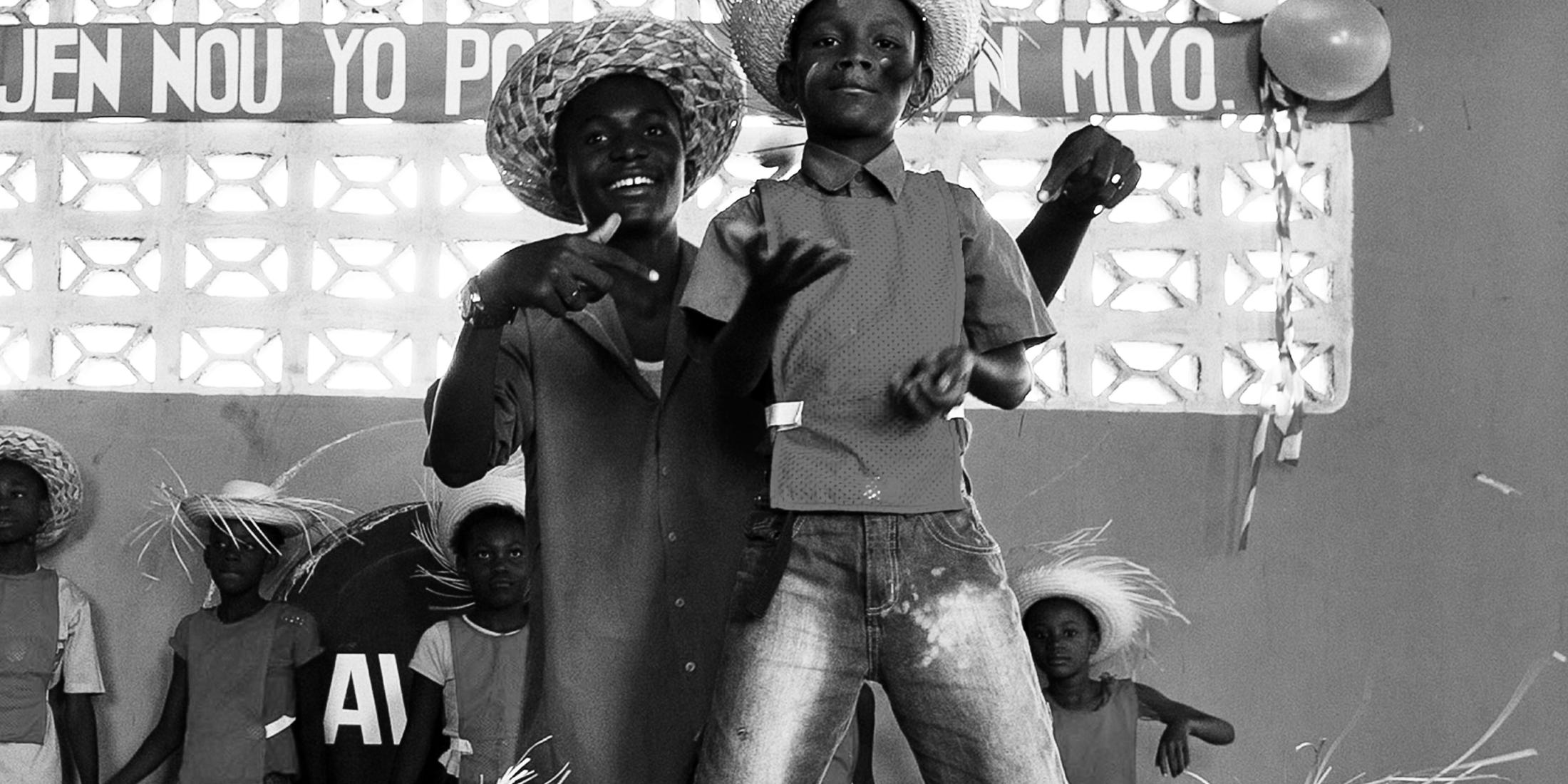Our site is currently undergoing a transition, updates may be delayed. We appreciate your patience.
Definition
Youth violence refers to violence that occurs among individuals aged 10–29 years who are unrelated and who may or may not know each other. It generally takes place outside of the home. It includes a range of acts from bullying, both offline and online, and physical fighting, to more severe sexual and physical assault, to homicide.
The diamonds show the median value in the range of past year prevalence estimates reported by studies in the database. These do not represent national or regional prevalence estimates. Use the buttons below to select different forms of youth violence by country/area or by WHO region. The countries/areas in each WHO region can be found here.
Region of the Americas
European Region
Western Pacific Region
12%
9%
19%
The triangles show the relative importance of the potential consequences of youth violence. They are based on a measure of association (median odds ratios) between youth violence and the consequence in question across the relevant studies. Estimates based on a larger number of studies are likely to be more reliable.
Health problems
Mental and neurological disorders
Poor general health
Health risk behaviours
2.1x
2.0x
1.2x
Social and behavioural problems
Internalizing behaviour problems
Subsequent violence victimization
Subsequent perpetration of crime or delinquency
Externalizing behaviour problems
Other
1.8x
1.7x
1.6x
1.4x
Impaired cognitive and academic performance
Poor academic performance
1.7x
Economic problems
Other
The triangles show the relative importance of different risk factors for youth violence. They are based on a measure of association (median odds ratios) between youth violence and the risk factor in question across the relevant studies. Estimates based on a larger number of studies are likely to be more reliable. Not all risk factors are found in all social and cultural contexts.
Individual (victim)
Previous perpetration of violence
Frequent use of the internet
Chronic illness
History of child maltreatment
Other
4.0x
2.8x
2.8x
2.6x
Individual (perpetrator)
Previous perpetration of violence
Consumption of pornography
Moral disengagement
Social problems
Other
4.4x
4.0x
2.3x
2.3x
Relationship
Poor parent-child relationship
Parental substance abuse
Poor parental supervision
Single parent
Other
1.6x
1.5x
1.4x
1.3x
Community
Low socioeconomic status
High rates of violence
Adverse school environment
Other
1.3x
1.2x
1.0x
Societal
Other
Prevention strategies aim to stop violence from occurring in the first place. A list of these strategies appears below. Only strategies with data in the database are included. Other promising strategies may exist which will be added when outcome evaluation studies are published. Each strategy includes several different interventions across a range of effectiveness, with higher values indicating greater effectiveness. Click on each strategy name to see the intervention effectiveness studies.
School-based life/social skills programmesSchool-based bullying preventionMulticomponent programmesReducing alcohol use and accessPoverty de-concentrationAfter-school activitiesPeer mediation programmesBystander intervention programmeInstitutional prevention programmesPsychological/mental health interventionsEducational interventionParenting programmes
Response strategies aim to reduce the immediate and long-term consequences for victims of violence and/or offer treatment for perpetrators of violence. A list of these strategies appears below. Only strategies with data in the database are included. Other promising strategies may exist which will be added when outcome evaluation studies are published. Each strategy includes several different interventions across a range of effectiveness, with higher values indicating greater effectiveness. Click on each strategy name to see the intervention effectiveness studies.
Examples of strategies and interventions
This section contains examples of strategies and specific interventions with some evidence for effectiveness. They have been chosen for illustrative purposes, and their inclusion in Violence Info does not mean that WHO endorses them.

KiVa
KiVa is school-based programme to prevent and respond to bullying.
See details

Life Skills Training (LST)
A classroom-based prevention programme designed to prevent adolescent tobacco, alcohol, marijuana use, and violence.
See details

Cardiff Model
The Cardiff Model is based on the sharing of anonymised data about violence-related injuries from emergency departments with the police to inform violence prevention strategy and tactics.
See details
Main survey instruments
This section describes some of the survey instruments most widely used to measure the prevalence of youth violence.
Global School-based Student Health Survey (GSHS) / Violence and Injury Module
GSHS is a school-based survey conducted among students aged 13–17 years to measure health behaviours and protective factors. The violence and injury module measures involvement in …
See detail
Cyberbullying and Online Aggression Survey
To measure cyberbullying victimization, perpetration, and bystander experiences.
See detail
Olweus Bullying Questionnaire
To measure the frequency of bully perpetration and victimization.
See detail